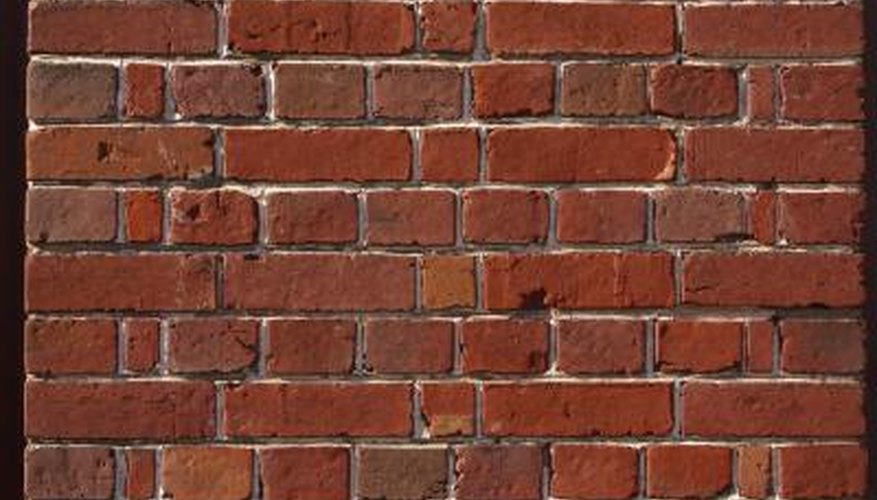Brick veneer is a single layer of brick covering an exterior wall of a house that's made from another material, such as wood or steel. The weight of the structure is borne by the inner part of the wall, not by the brick. The brick veneer is a cosmetic part of the wall and can actually be added any time after the house is built. Solid brick walls, on the other hand, consist of two layers of attached bricks that form the load-bearing exterior walls of a house. There are some telltale signs that distinguish brick veneer from solid brick walls.
- Brick veneer is a single layer of brick covering an exterior wall of a house that's made from another material, such as wood or steel.
- The brick veneer is a cosmetic part of the wall and can actually be added any time after the house is built.
Determine the age of the house. A brick house that was built before 1950 will probably have solid brick walls. However, there are exceptions in any year, so confirm your conclusion with other evidence.
Check the depth of windowsills and doorjambs. These features on a house with solid brick walls will be very deep because the walls are two brick-lengths thick. Windows will be set back about one brick length from the outside. Those on a brick veneer house will be near the outside of the wall.
- Check the depth of windowsills and doorjambs.
- These features on a house with solid brick walls will be very deep because the walls are two brick-lengths thick.
Check for header rows, which are found in solid brick walls. Because the two layers of brick must be fastened together to keep them from falling away from each other, bricklayers place a row of bricks not lengthwise, but perpendicular to the wall. These header bricks span across both layers of brick. Only the ends of the bricks in a header row will show on the outside of the house. Typically the header rows will appear every six rows of bricks. Sometimes not every brick in the header row will be perpendicular, but there will be a regular pattern. Brick veneer houses do not have header rows.
Inspect the row of bricks just above the foundation and above windows. If there is a finger-sized hole drilled about every 32 inches, the house has brick veneer walls. These "weep holes" exist because the inner walls have a waterproof layer that keeps moisture out of the house. The water that seeps through the brick veneer runs out of the weep holes. Solid brick houses do not have such a waterproofing system.
Look at the top of the windows. Solid brick walls usually have heavy stone lintels or masonry arches. Heavy stone or concrete lintels are massive beams installed over the window openings and set into the brick. Masonry arches are composed of typically two rows of end-on bricks in an arch over the window.
- Inspect the row of bricks just above the foundation and above windows.
- Heavy stone or concrete lintels are massive beams installed over the window openings and set into the brick.
